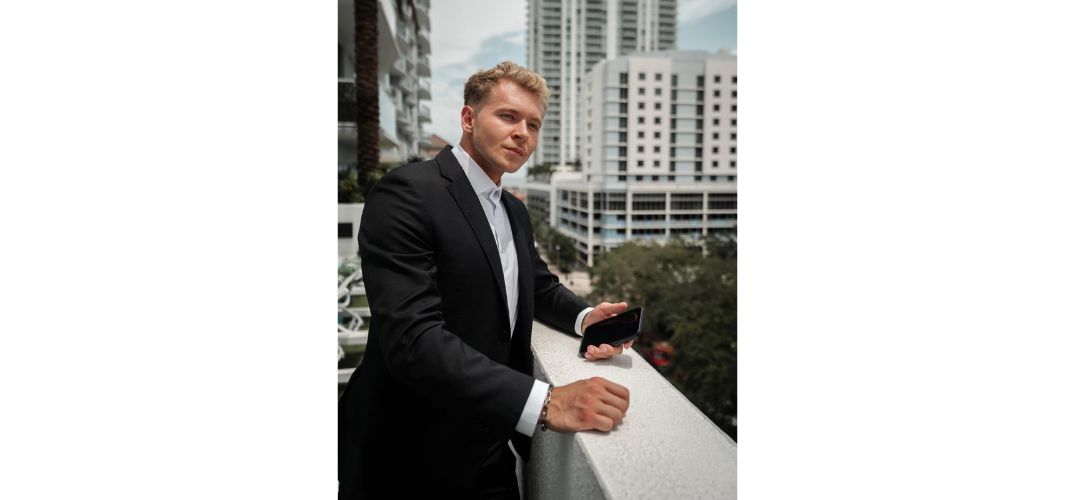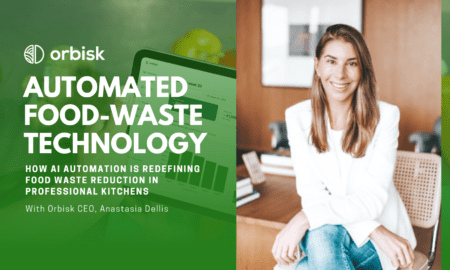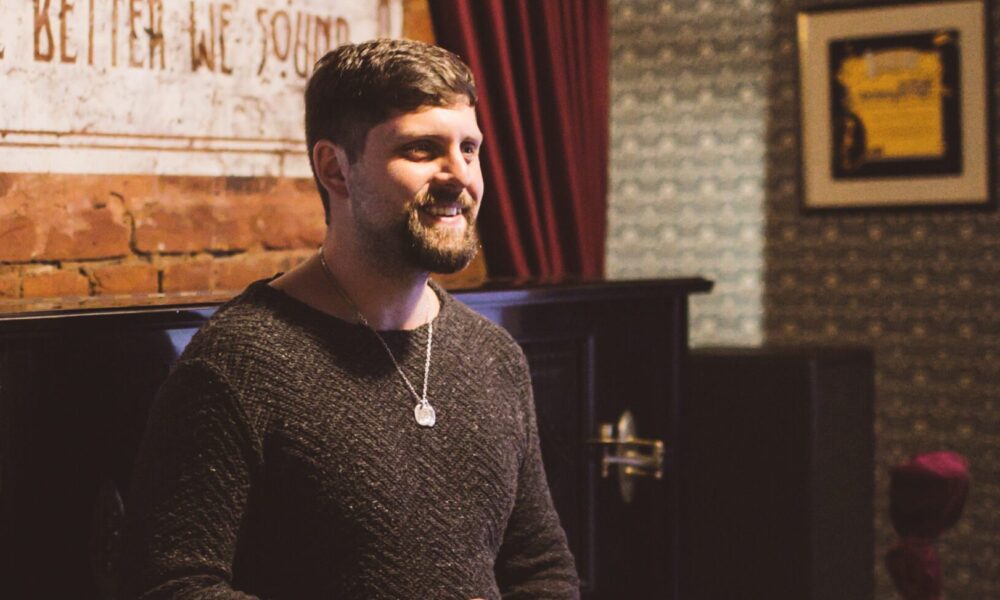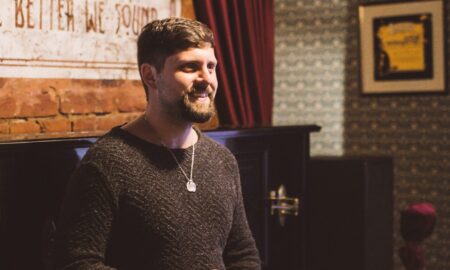In a healthcare landscape riddled with wait times, bloated systems, and outdated tech, Konrad Sudyka saw an opening: build a telehealth brand that feels more like shopping on Amazon than going to the doctor.
Six months later, Elevated was live—offering nationwide access to GLP-1 medications, longevity compounds, and metabolic health treatments, all delivered with speed, simplicity, and modern branding. But the story didn’t start with a pitch deck or a funding round. It started with Konrad’s own biohacking habit.
“I was already using most of these compounds myself—Semaglutide, NAD+, BPC-157,” he explains. “I knew the effects. I understood the pain points. I realized I was the target customer.”
At first, he planned to acquire an existing clinic. But after looking under the hood, he quickly realized how outdated many of them were. Rather than retrofit someone else’s infrastructure, he decided to build from scratch. The goal: make medicine feel effortless.
The first step was building the brand—clean visuals, tight messaging, and a user experience designed to remove every ounce of friction. Elevated patients don’t need to schedule phone calls or jump through hoops. Everything is asynchronous, intuitive, and designed around the customer’s time—not the clinic’s.
“People are used to Doordash, Prime, and Uber. Their tolerance for inefficiency is near zero,” Sudyka says. “Why should healthcare be any different?”
Behind the scenes, he quietly layered in all the necessary infrastructure—physician oversight, nationwide fulfillment, and HIPAA-compliant communication—while maintaining the feel of a premium consumer experience. “Everything works in the background so the patient never feels the complexity,” he adds.
To drive initial traction, Sudyka launched with a lean, performance-first strategy—starting with Meta and Google ads. His offer was simple and compelling: same price regardless of dose, no complicated consults, fast onboarding, and concierge-level support. Once the unit economics made sense, he scaled into affiliate and influencer partnerships to create social proof and expand reach.
But Elevated wasn’t just built on speed. It was built with empathy.
“Most telehealth brands forget what it feels like to be a customer,” he says. “They build like operators, not users. I took the opposite approach. Every page, every system—we asked, ‘How do we make this effortless and clear?’”
It worked. Elevated’s growth was driven not just by ad dollars, but by word of mouth, high retention, and a customer experience that felt refreshing in a category often defined by spammy ads and generic service.
Sudyka’s advice for other would-be founders? It starts with understanding the product, but doesn’t end there.
“You can’t fake your way into this,” he says. “You have to understand the medications, the mechanisms, the mindset of the patient. If you can put yourself in their shoes—and then build a brand that actually respects their time and goals—you win.”
Today, Elevated is expanding rapidly, adding new product lines, launching a male-focused sub-brand, and quietly developing its own line of proprietary wellness supplements. But none of that would matter if the foundation wasn’t solid.
“I didn’t build Elevated to be a short-term cash grab,” Sudyka says. “I built it to be a real brand. One that people trust, stick with, and talk about.”
What took others years, he did in 180 days. But it wasn’t rushed—it was precise.





























